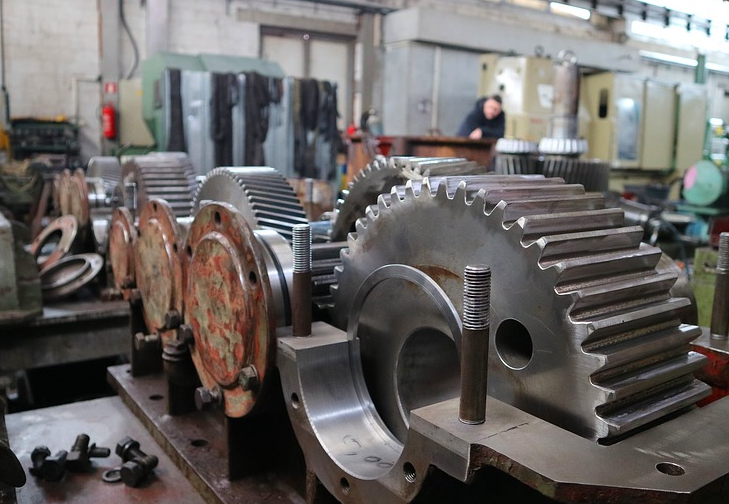Exploring The Costs Of Poor Lubrication In Industrial Machinery
The overall cost of oil goes well beyond the price tag on the barrel or container. There are disposal costs and labor expenses, as well as the possible negative effects on productivity. All in all, while the cost of a gallon of oil may be $5, the cumulated amount can be almost 40x that when two man-hours of direct labor and a purchase order is included.
It is essential for the cost effectiveness of your operations to ensure that all machinery is performing at optimal levels. A vital aspect of this maintenance is proper lubrication and completing regular oil changes. However, suitably greasing all the moving parts of equipment — along with the moving parts in the business — can give rise to unexpected costs. Here is a closer look at the hidden costs of mismanaged lubrication in industrial settings.
One outstanding factor is unnecessary oil changes. Too often, an oil change is scheduled to resolve a problem related to contamination or excessive wear. This wastes valuable resources and time if the root of the problem is not being properly addressed. What’s more, the excessive hazardous waste adds further stress to the environment.
Another incidental cost is potential damage to machinery. Mistakes happen and they can be costly. There could be over or under-filling the sump or reservoir; introducing contaminated or incorrect product; and even cross threading a drain plug. Such instances may result in machine damage, required maintenance and subsequent downtime. These expenses can add up quickly. They might also lead to additional administrative purchasing costs, storage, handling and testing, raising the total even further.
Damage and inadequate maintenance could ultimately lead to equipment failure. A common failure is bearing malfunctions. In fact, 40-50% of machine failures are attributed to improper lubrication or re-lubrication of bearings. Replacing the bearings, shafting and motors can be very pricey, and the expenses could potentially skyrocket if the machine is non-operational.
These reasons and more make it essential to know and understand the available options (and costs) when it comes to lubrication. Preventive solutions may include re-engineering with better seals or filtration equipment. Upgrading machinery with cutting-edge seals, such as magnetic face bearing seals, can also help reduce costs. These innovative designs work to diminish equipment degradation, prevent lubricant egress and avoid contaminant ingress, potentially yielding considerable savings for an organization.
Other corrective actions include testing oil to determine the necessity of an oil change, filtering oil to remove particulate contamination, and investing in extended-life lubricants and top-shelf products instead of allowing mixtures or cocktails.
For more hidden costs as well as additional methods on reducing the costs of lubrication or oil changes, please see the accompanying resource. Courtesy of Isomag.







